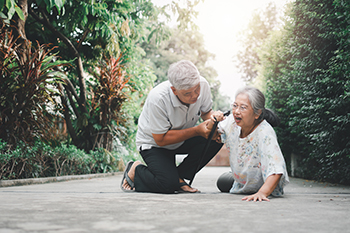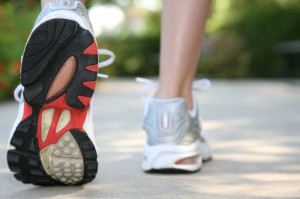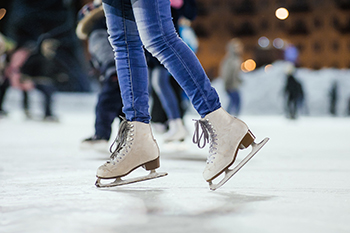 Falling or tripping is a major health concern for the elderly because such incidents can cause injury or hospitalization in severe cases. It turns out that the health of a senior citizen’s feet can play a huge role in influencing their susceptibility to falling. For example, if a senior has weaker muscles in their feet, it will be significantly more difficult for them to lift their feet when walking. If you are a senior citizen who has poor foot health, consider contacting a chiropodist who can help you with conditions such as swelling and feelings of numbness. By mitigating conditions like these, it might be possible for an individual to decrease their risk of falling. Additionally, a chiropodist might also be able to help you improve blood circulation to the feet, which can also strengthen the feet. Contact a chiropodist to learn more about ways to prevent falls as a senior citizen.
Falling or tripping is a major health concern for the elderly because such incidents can cause injury or hospitalization in severe cases. It turns out that the health of a senior citizen’s feet can play a huge role in influencing their susceptibility to falling. For example, if a senior has weaker muscles in their feet, it will be significantly more difficult for them to lift their feet when walking. If you are a senior citizen who has poor foot health, consider contacting a chiropodist who can help you with conditions such as swelling and feelings of numbness. By mitigating conditions like these, it might be possible for an individual to decrease their risk of falling. Additionally, a chiropodist might also be able to help you improve blood circulation to the feet, which can also strengthen the feet. Contact a chiropodist to learn more about ways to prevent falls as a senior citizen.
Falls are a major cause of injury among the elderly. To learn more about preventing falls or to get treatment following a foot or ankle injury caused by a fall, please consult with one of the specialists from Thornhill Foot Clinic. Our chiropodists will assess your condition and provide you with quality foot and ankle treatment.
Falling is one of the leading causes of injury among the elderly. It is said that about 50% of falls that result in hospitalization occur in the home. Fortunately, there are steps that you can implement to reduce your risk of falling in the home.
Tips to Prevent Falls at Home:
In the bathroom - Place non-slip mats in the shower or tub, install grab bars near the toilet and bath, and wipe up any moisture or spills as soon as possible.
In the living rooms and bedroom - Remove loose wires, cords, or other objects that may be an obstacle to moving around safely. Make sure that you have good lighting throughout the home so that you can always see where you are going. Get rid of any rugs or mats that are not firmly anchored or that may cause you to trip. When walking around the home, move slowly.
In the kitchen - Store food and supplies in easily accessible areas, store heavy items in lower cupboards, and wipe up any spills immediately to prevent slipping.
On the stairs - Make sure that the stairs are well-lit and have secure handrails. Walk slowly when ascending or descending the stairs.
Outside - Keep walkways well-lit and clear of snow, ice, leaves, and man-made tripping hazards.
Maintaining your overall health, including the health of your feet, can also help to prevent falls. Eat a healthy diet, exercise regularly, and wear well-fitted, comfortable, and supportive shoes. If you have a mobility device, such as a cane, use it while walking.
If you have any questions, please feel free to contact our office located in . We offer the newest diagnostic and treatment technologies for all your foot care needs.





